There’s nothing especially unusual about the sight of old stone walls, made of rough granite, in the countryside of central Spain. But hidden behind the stone walls surrounding this private house, near Toledo, south of Madrid, is something that really is unusual in this part of Spain: a garden.
And not just any garden. There are no bright colours, no lawn and none of the obvious status-symbol irrigation seen all too often in dry-climate regions. Instead this is a garden that seems to concentrate the best of its surroundings into one moderately small space. The rounded shapes of many of the plants echo the grey forms of the holm oaks (Quercus ilex) that dominate the surrounding hills. There are grasses, similar to those growing in the wild and lots of different textures. These plants sit happily alongside big stones, boulders really, the shapes of which mirror many of the rounded plants. This is clearly a new model of gardening, and one that is very much of its place.
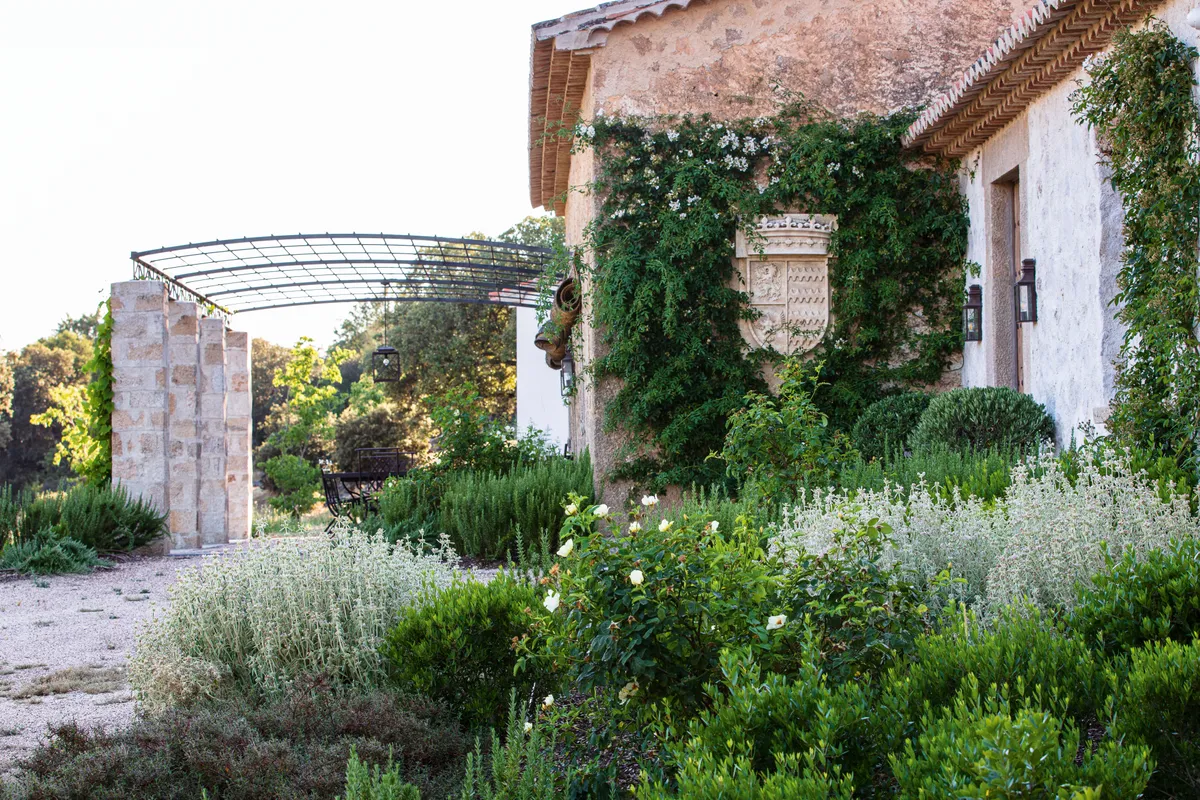
“The clients asked for something very natural,” says the garden’s designer Fernando Martos. “They wanted it to look as though it had been here for ever.” To this end Fernando has used the tough, low-growing grass, Sesleria ‘Greenlee’, as a matrix plant. These are plants that are relatively low-profile, and not ecologically or visually assertive, but strong enough to dominate a ground layer. They help reduce the danger of weed infiltration, filling in the gaps between other plants and, very often, helping highlight their special qualities – of colour or form. In this garden, the Sesleria makes up around half of the total planting, and this particular cultivar is relatively drought tolerant, has a good colour and according to Fernando grows better than the well-known Sesleria autumnalis popularised by the Dutch designer Piet Oudolf. Read more about the garden below
In brief
What A reduced-irrigation garden using mostly Mediterranean region native species. Where Central Spain. Size 600 square metres. Soil Free-draining, granite-based soil mixed with sand. Climate Mediterranean steppe, with a wide temperature range. Cold winters and hot, dry summers. Hardiness zone USDA 8.
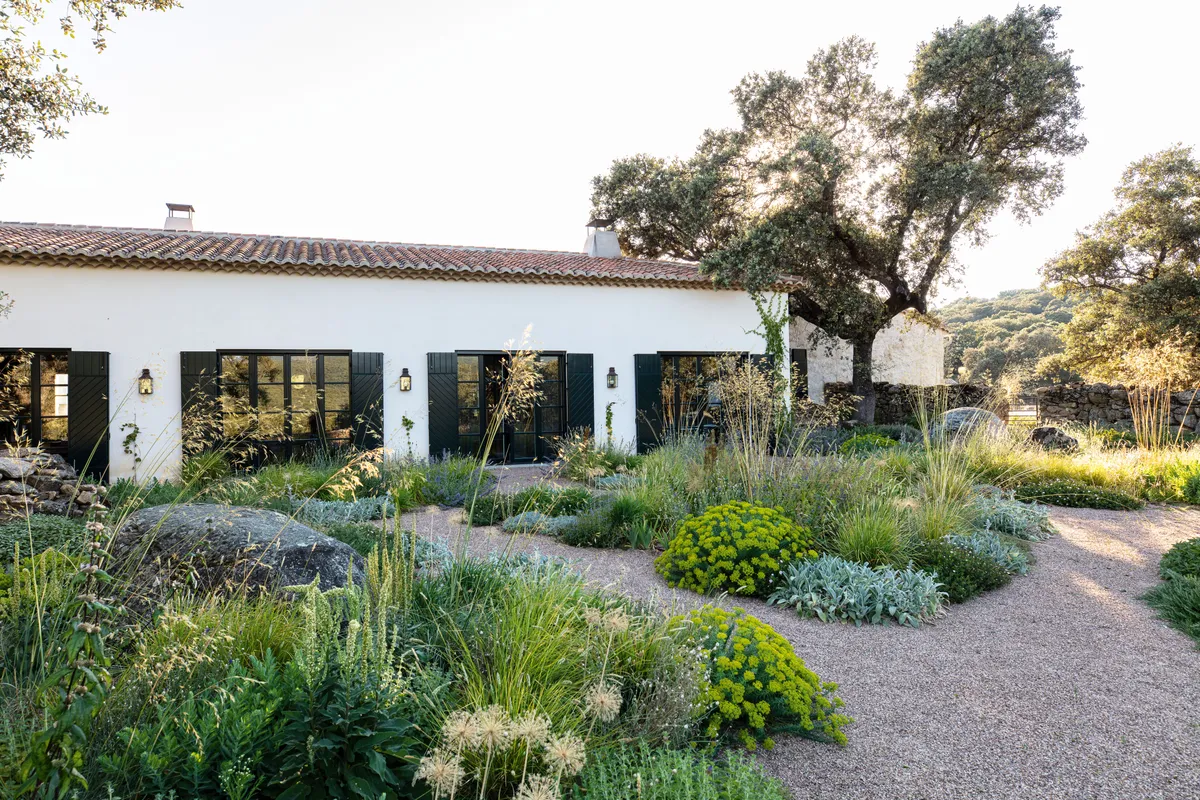
Designer Fernando Martos used the grasses Sesleria ‘Greenlee’ and Stipa gigantea to knit together a mix of different shapes and textures from mainly evergreen shrubs, including Euphorbia seguieriana subsp. niciciana, Stachys byzantina and Phlomoides tuberosa.
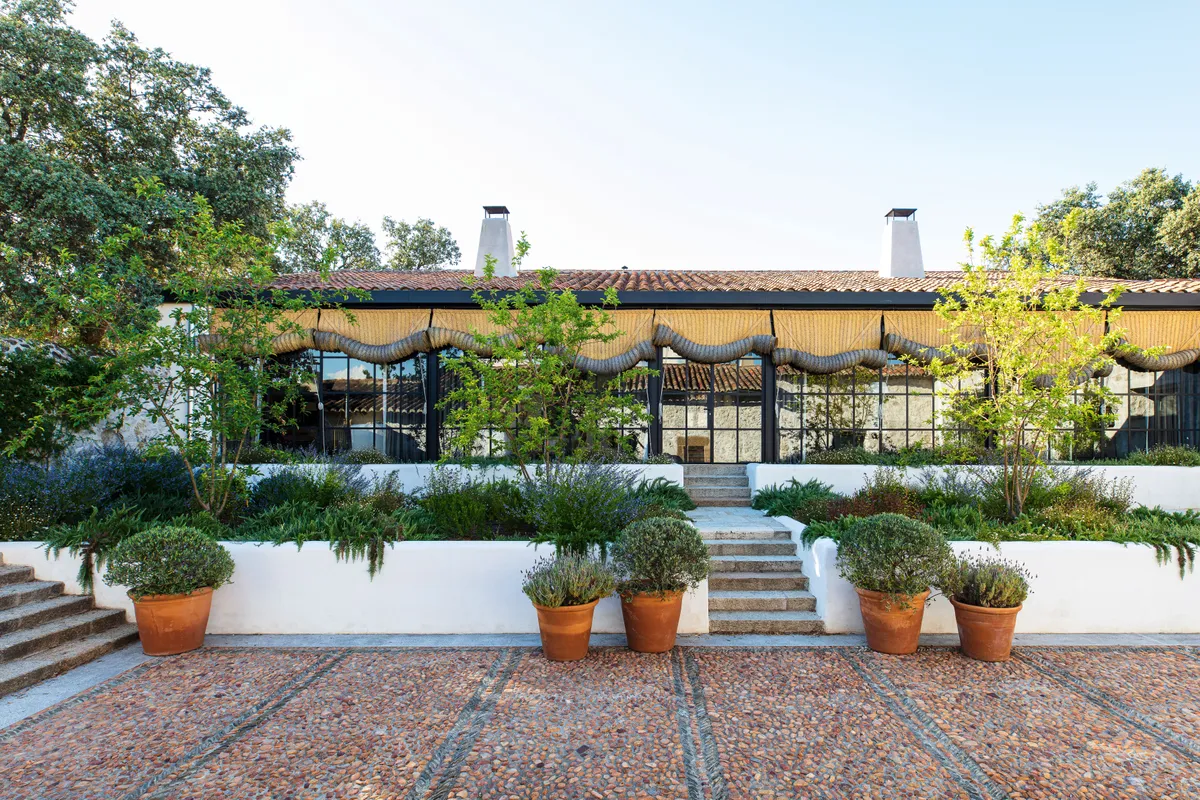
Terracotta pots, filled with neatly clipped wild olive (Olea europaea subsp. europaea var. sylvestris) and Lavandula dentata, add a more formal touch to the
cobbled courtyard. Behind, deep raised beds hold three, multi-stem Amelanchier alnifolia underplanted with a loose mix of planting that features the trailing rosemary Salvia rosmarinus ‘Rampant Boule’ spilling over the edge.

Mexican fleabane Erigeron karvinskianus trails down from upper planters, adding to the feel that this garden has been here for years. Below, the deep-raised beds are filled with an exuberant mix of textures and colours, including Salvia ‘African Sky’ and Salvia rosmarinus ‘Rampant Boule’ – both of which make effective groundcover plants with aromatic foliage and attractive flowers.
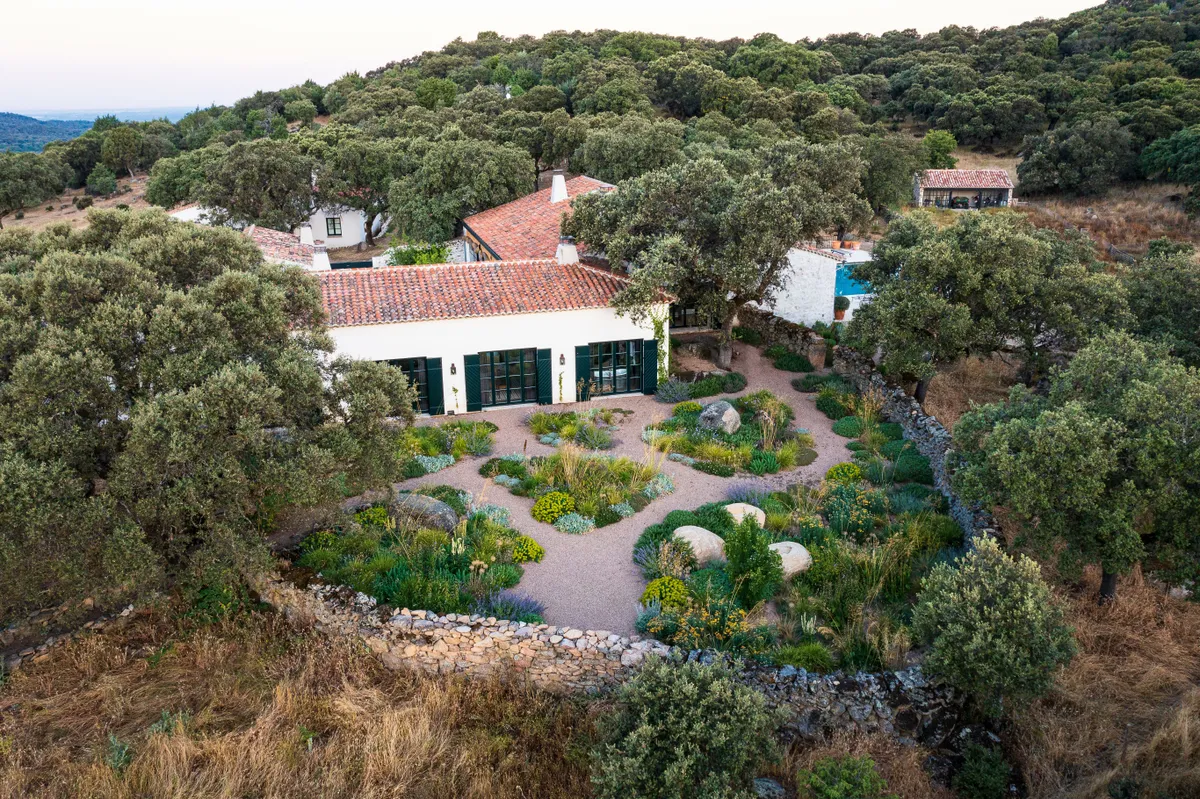
The holm oak-covered hills surrounding the garden are echoed in both the shapes of many of the plant species used and by the shapes of the planting beds – and indeed by that of the whole walled area. On the other side of the wall in the foreground is Fernando’s wildflower meadow – already showing the impact of the hot, dry summer.

In the slightly shaded area close to the dining terrace, Fernando has created a loose natural look with a mix of mainly evergreen shrubs, including Phillyrea angustifolia and Cistus salviifolius, and the trailing, aromatic rosemary, Salvia rosmarinus ‘Rampant Boule’, against the backdrop of a climbing white rose. Among all this dark-green foliage Phlomis italica adds a fine silver-grey splash. It’s a genus that includes some of the very bestsilver-leaved plants for dry climates.
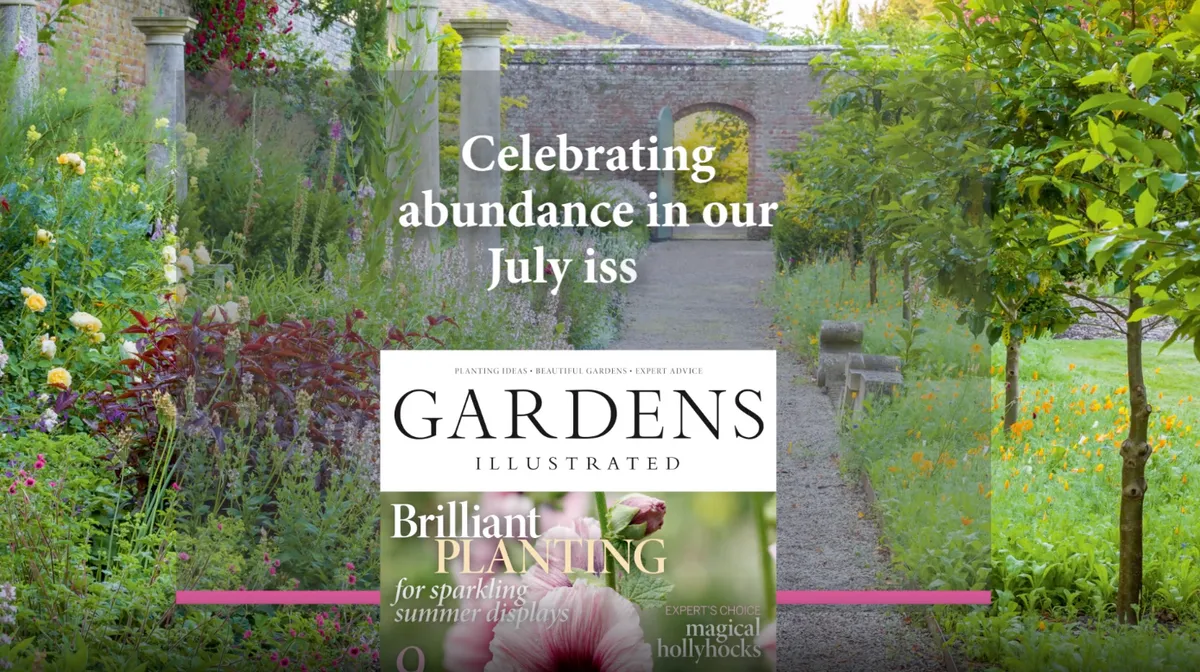
8 key plants from this garden
Achillea umbellata
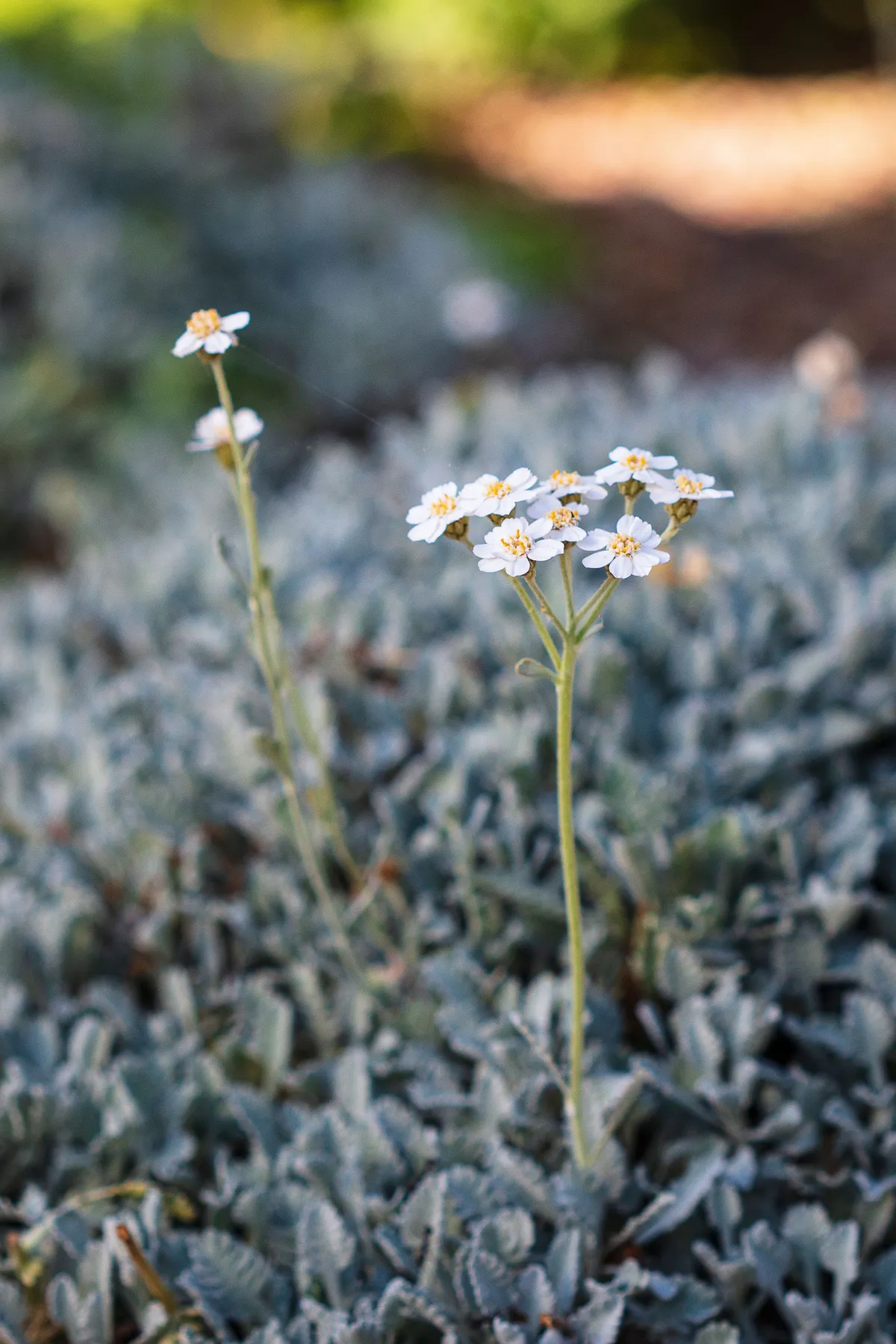
One of many Achillea species that can be used as a ground cover or a lawn alternative for areas that are rarely walked on. Needs sun and dry soils. 20cm x 30cm. RHS H4.
Salvia forreri
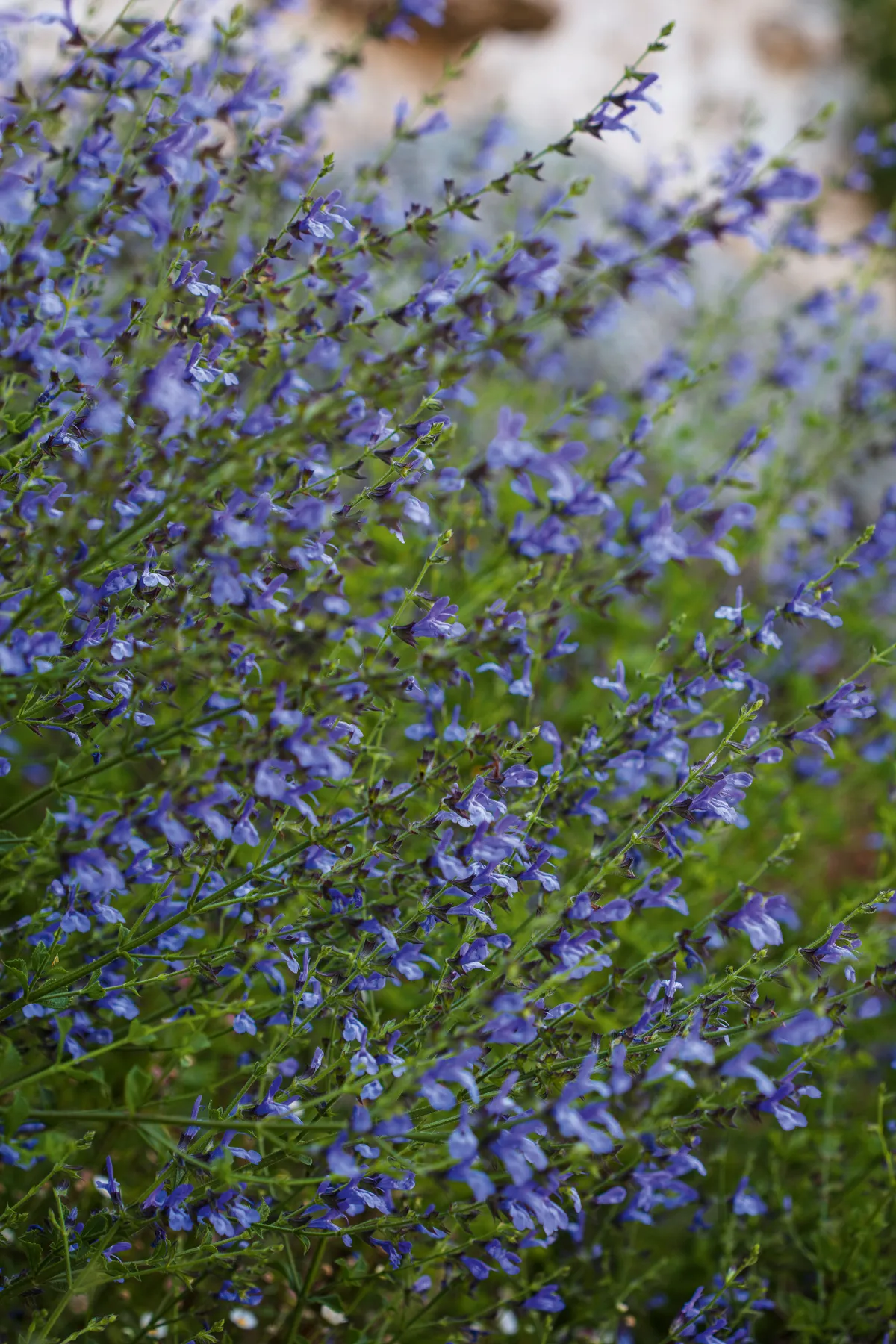
A little-known salvia that is sprawling but low growing. Flowers from late summer to autumn. Not especially drought tolerant. 25cm.
Ceratostigma willmottianum

Small, deciduous shrub, which is usually treated as a herbaceous perennial. It has a long flowering period from summer to autumn, and offers vivid, dark-red autumn colour. Can cope with sun or light shade, and has a spreading habit. 1m x 1.5m. AGM. RHS H4.
Convolvulus sabatius
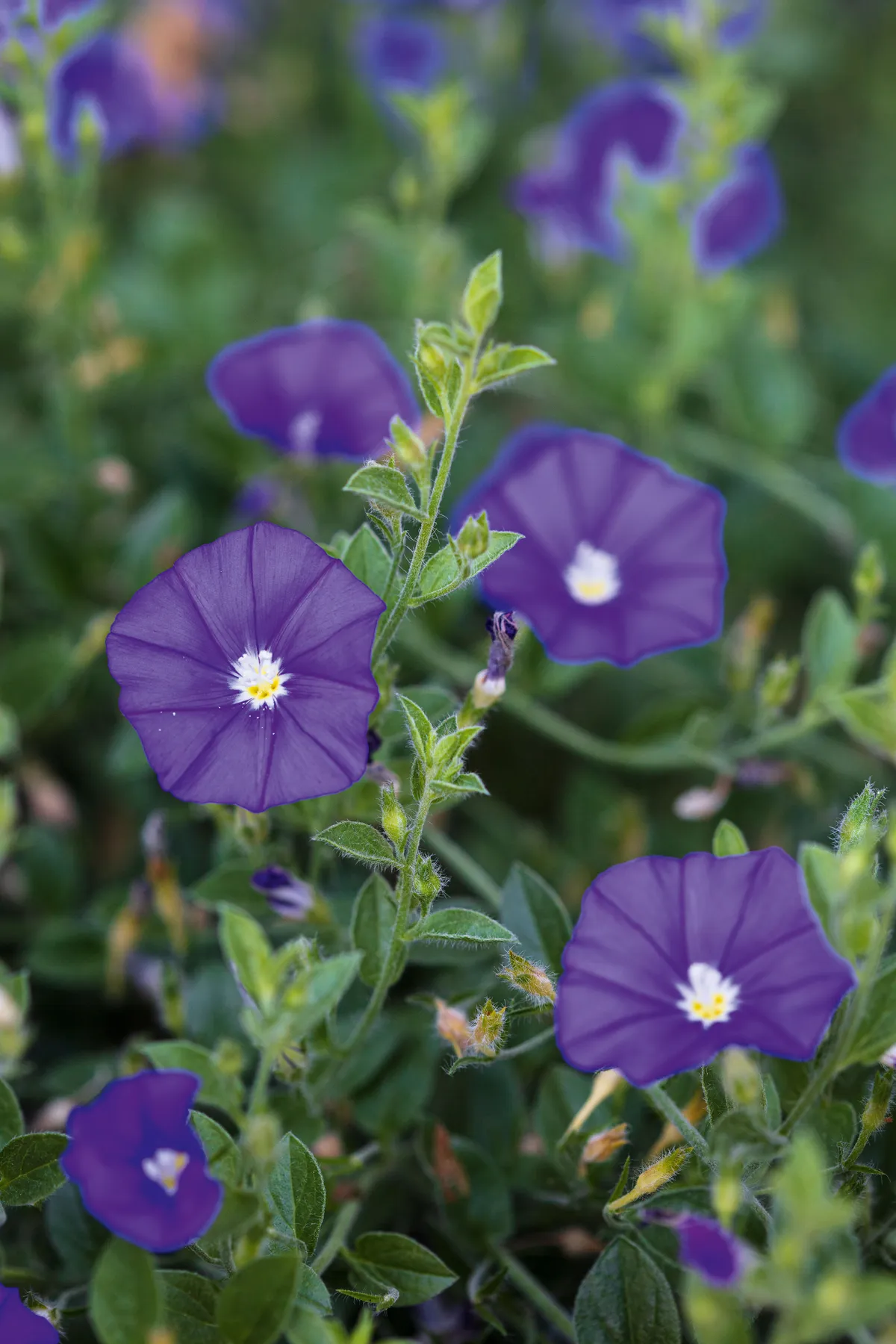
A low-growing plant with trailing stems but not spreading. It has a long, summer-flowering period, and is good in stony soil and sun. 20cm x 50cm. AGM. RHS H3, USDA 8b-11.
Salvia rosmarinus ‘Rampant Boule’
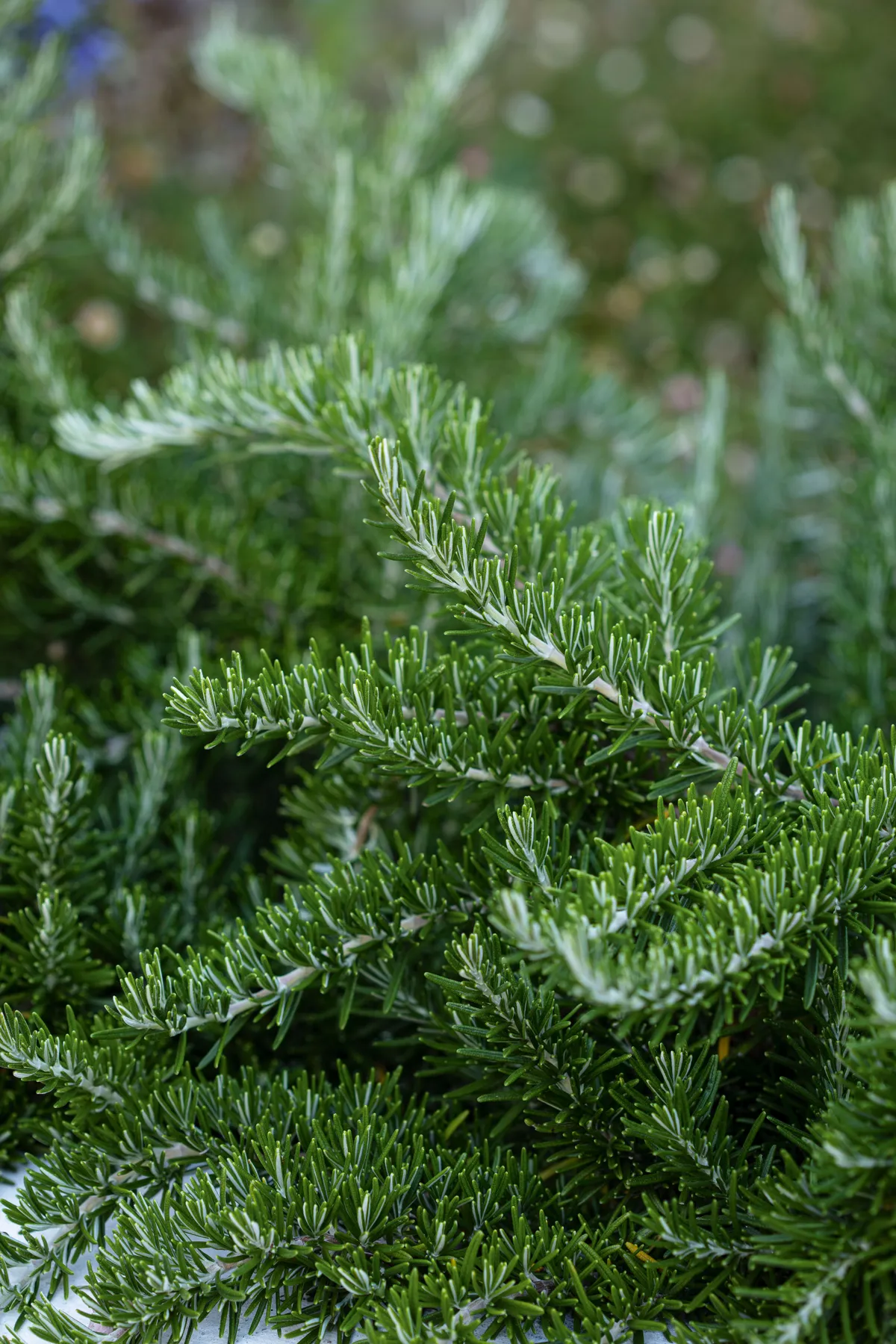
A form of rosemary that makes a small mound with pendent outer branches – making it useful for spilling over a wall. Needs sun and is drought tolerant. 20cm x 60cm. RHS H4, USDA 8a-10b.
Stachys byzantina
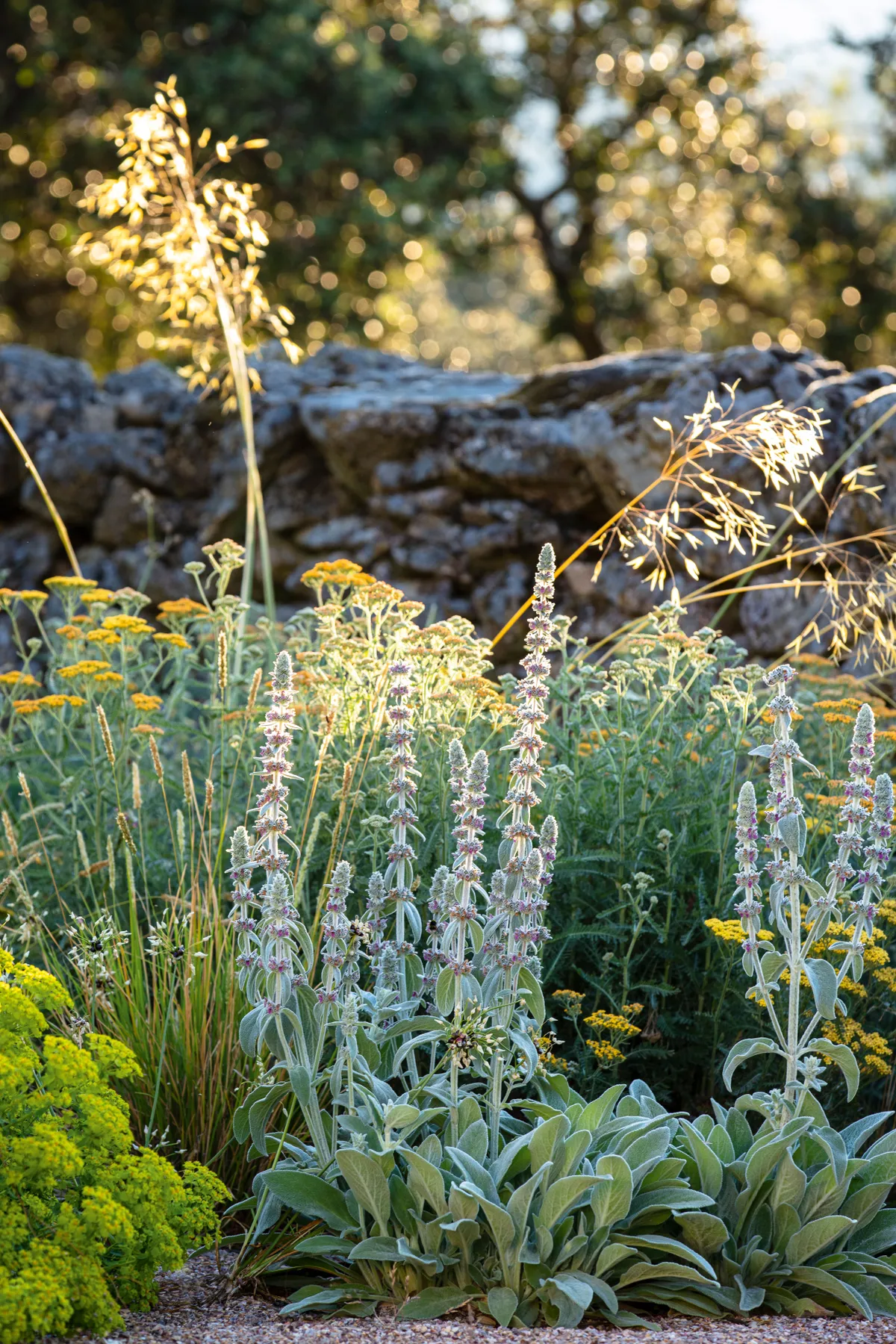
An attractive, low-growing perennial with furry, silver leaves. Can be used as groundcover in dry summer climates. Tolerant of thin soils and needs full sun. 20cm x 45cm. RHS H7, USDA 4a-9b.
Stipa gigantea
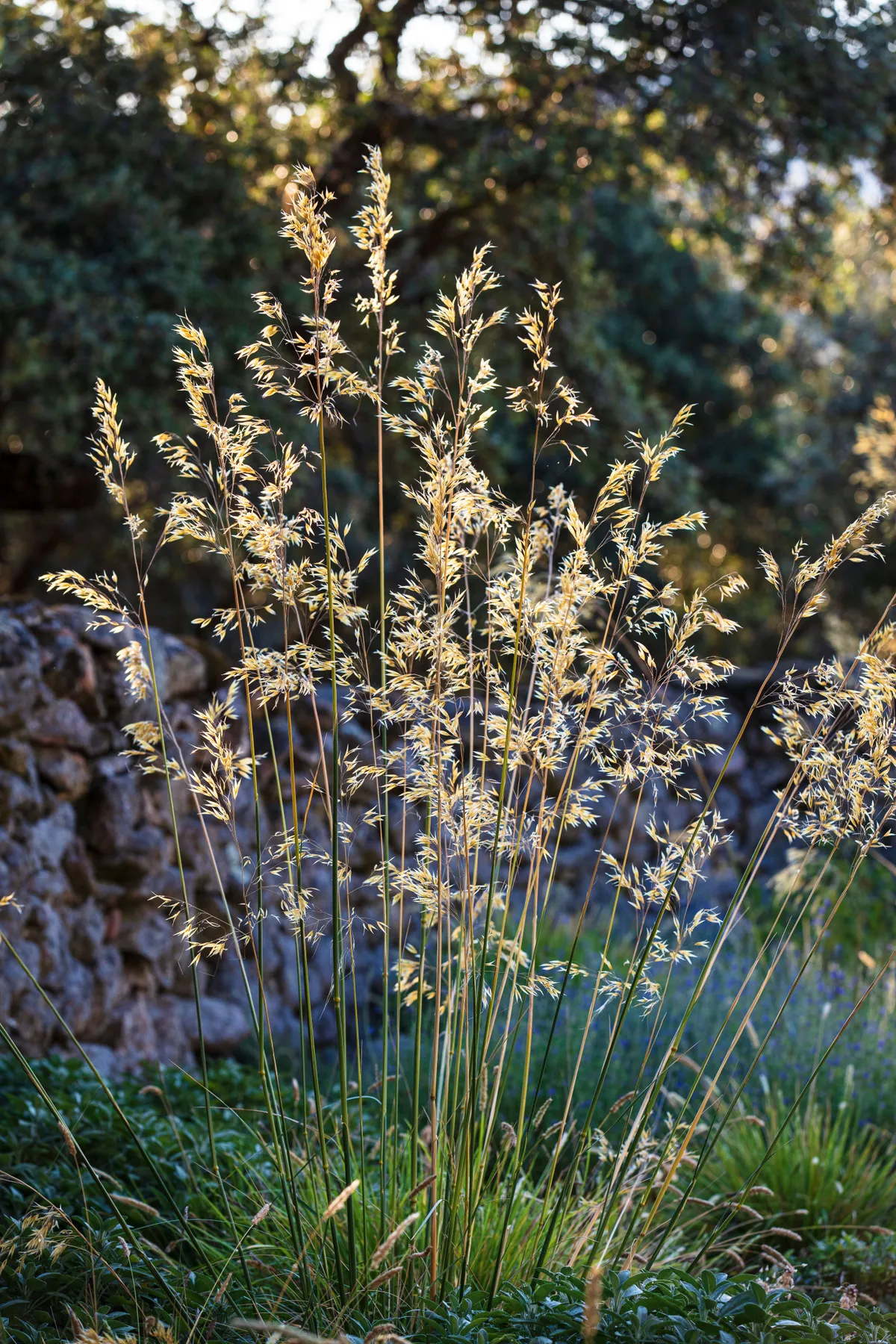
An evergreen grass that forms a tight clump. Its flowerheads and seedheads rise in airy panicles, which look fabulous when backlit. Good for cold, dry climates. Long-lived and atmospheric, it needs full sun. 2.5m x 1.2m. AGM*. RHS H4, USDA 5a-9b.
Euphorbia seguieriana subsp. niciciana

A handsome spurge, with blue-green foliage and contrasting lime-green flowers. Drought tolerant, it offers a long season of interest in full sun. 50cm x 50cm. RHS H5, USDA 6a-10b.
Find out more about Fernando’s work at fernandomartos.com/en